National Alliance’s Scott Levy: Hospices Need ‘Regulatory Relief’ to Protect ‘Sacred Benefit’
Hospice News
MARCH 21, 2025
The hospice industry is undergoing a transformative period of rising demand and regulatory changes. This is according to Scott Levy, chief government affairs officer at National Alliance for Care at Home (the Alliance). working hand-in-glove on policy issues with colleagues across the home health and hospice industries.





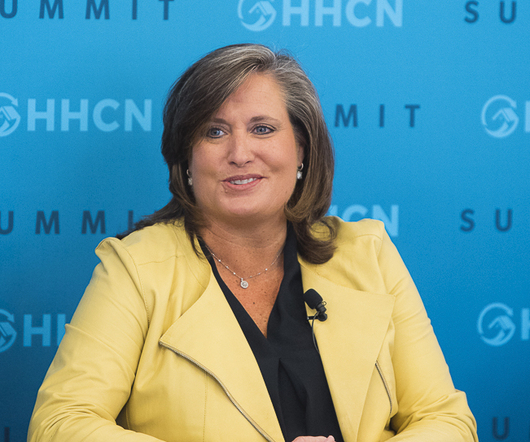

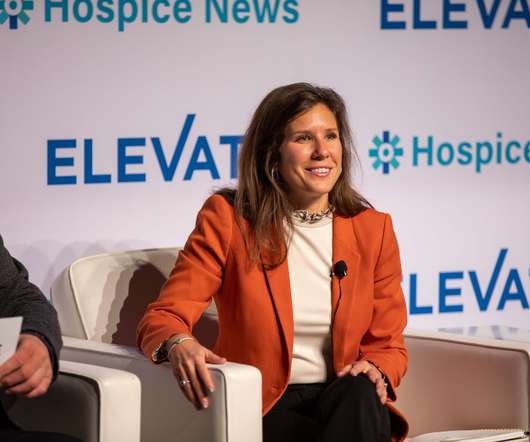



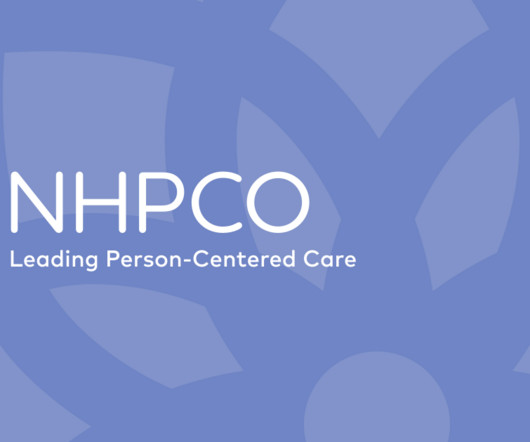
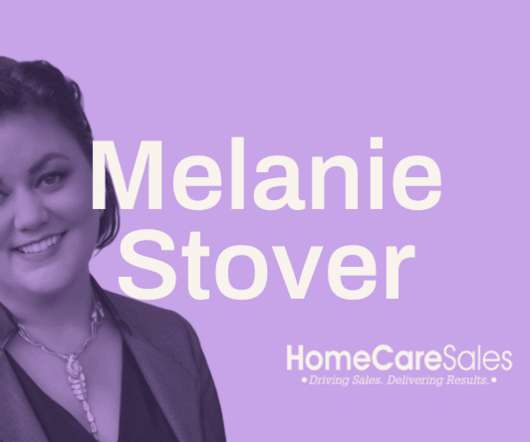


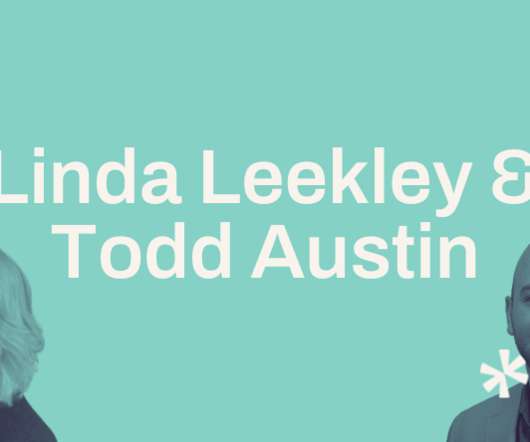
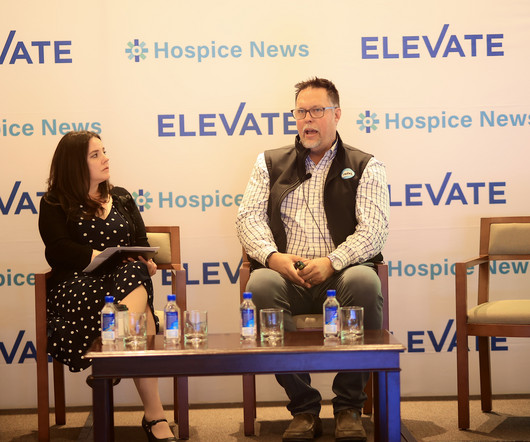

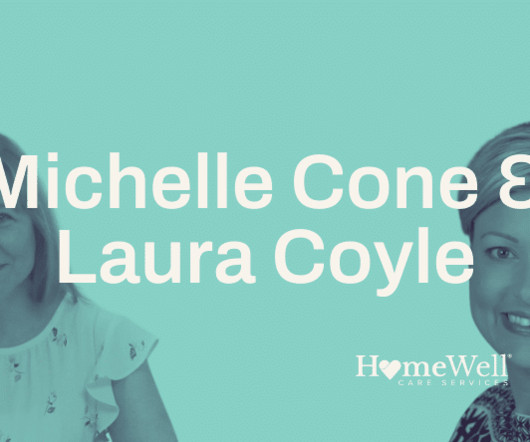






Let's personalize your content